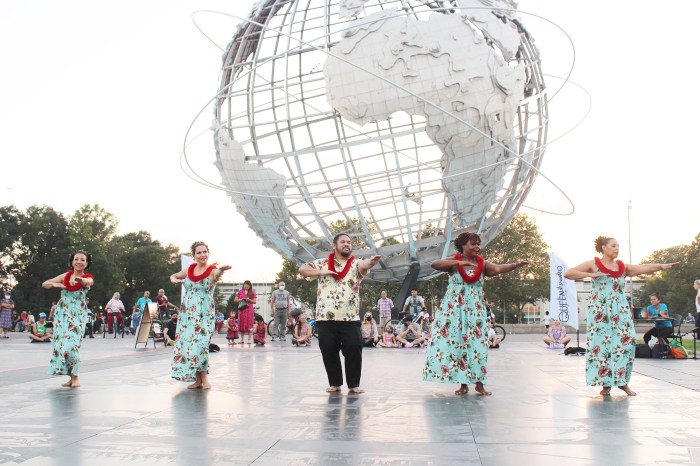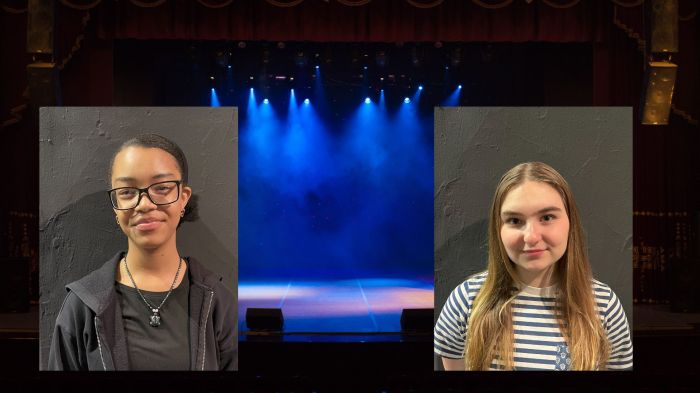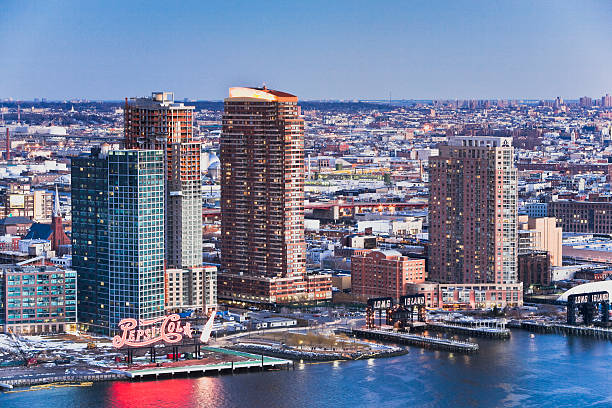Sunnyside Gardens will almost surely go down in the history books. On Tuesday, June 26, the city’s Landmarks Preservation Commission (LPC) voted unanimously to give the neighborhood historic district status, which would make it the largest district in the borough, ending a contentious battle between residents.
The LPC’s decision, which the nine-member committee said drew upon a large amount of community support, will send the proposal for review by the Department of City Planning and then to the City Council for final approval.
Homeowners will need the okay from the LPC to make changes in their houses’ exteriors, but the approval process has been in place since the district was calendared in March. Within the past few months, debate on the proposed district has heated up, with some residents calling for the Gardens’ preservation and others arguing for the right to change their property as they see fit.
“Right now we are under very restrictive rules,” said Ira Greenberg, a 12-year resident of the Gardens and the attorney for Preserve Sunnyside Gardens, about specific guidelines for homeowners. “It’s absolutely unnecessary and goes against historically what Sunnyside Gardens was about and what it is about today - the open spaces, the size of the spaces and the open community.”
“Our group is for preservation, but the right way, what is important in Sunnyside Gardens,” Greenberg said, explaining that he and about 500 community members who signed a petition against the designation as is, but they would consider a separate set of rules for the Gardens than used for other historic districts.
However, the current proposal has already garnered support from City Councilmember Eric Gioia, who represents the area. Gioia hopes to secure tax breaks for homeowners performing alterations approved by the LPC’s guidelines.
The 77-acre section of Sunnyside Gardens is comprised of 624 brick homes and about 1,200 residential units in total. Developed in the 1920s, Sunnyside Gardens was planned as a “garden community” - apartment buildings and homes built around common gardens and parks. Today, much of the neighborhood remains the same.































